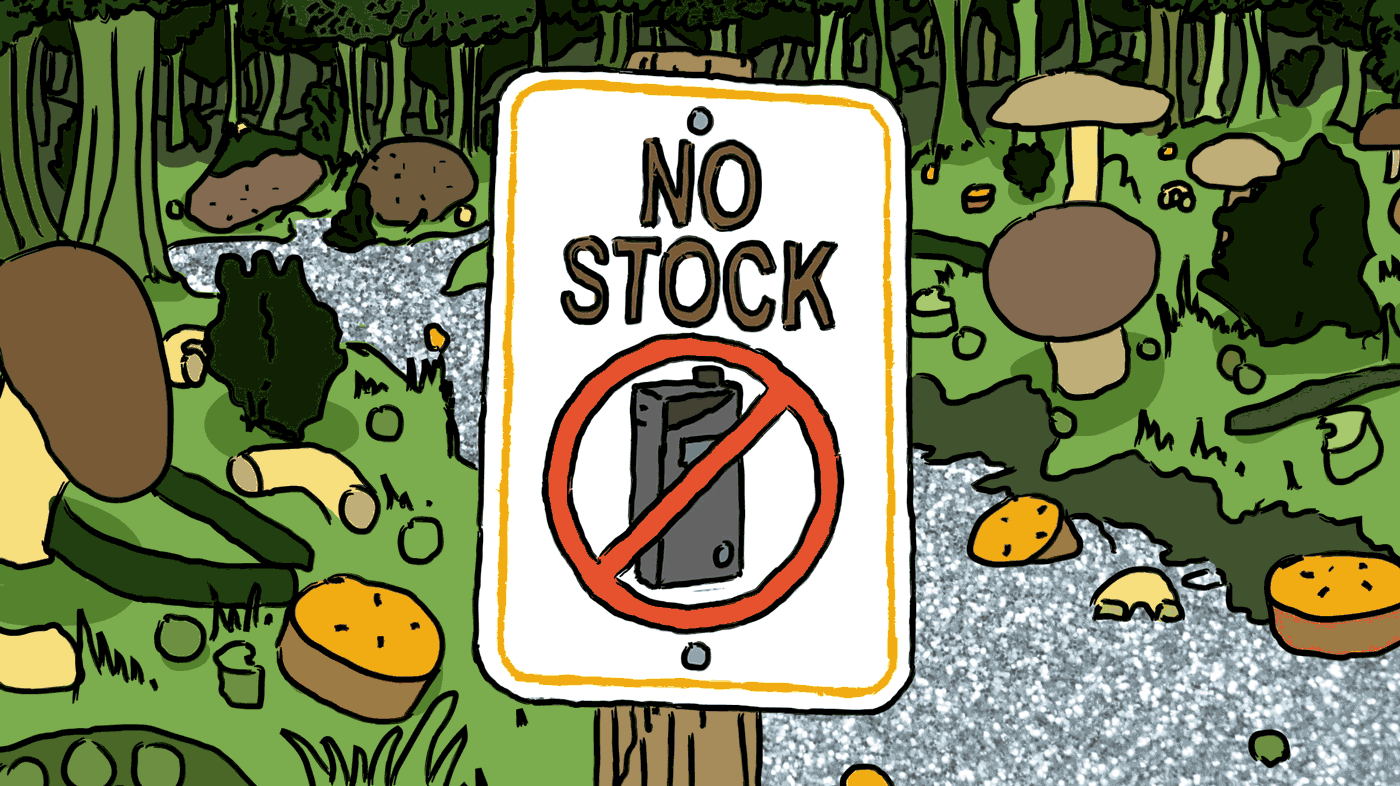
The perfect base for your soup is flowing through your faucet.
In the past, not having broth in my kitchen has been enough to stop me from making soup. I believed stock was essential for making anything that could be eaten with a spoon or sopped up with bread—blame the hundreds of offhand comments and cooking tips encouraging me to make my own broth from whole chickens or frozen scraps like onion skins and leftover bones. It’s widely regarded by chefs and home cooks that homemade stock outshines what’s often sold in cartons and bouillon cubes, but how many of us have the foresight to make stock in advance of a soup craving?
“Stock” and “broth” are terms that are often used interchangeably, but they have slightly different meanings. Stock derives its flavor from bones, while broth is made from simmering meat and vegetables in water. Regardless, they both serve the same purpose: to act as the backbone of flavor for all things stewed, saucy, and soupy. Until recently, I wouldn’t have dared to make my favorite tomato soup or risotto without one of them on hand. Then I listened to an episode of the TASTE podcast with cookbook author Andy Baraghani, who dismissed the notion that stock was necessary. In fact, he argued that it could actually get in the way of a saucy dish’s flavor, and he advocated for using water instead.
“I have to say I use water [a] majority of the time over stock, and it’s really to allow the ingredients to shine,” he says on the show. “Whether it’s a nuoc cham or a braise, adding stock adds weight—unnecessary weight—and I kind of want the freshness and that clean water to allow the other ingredients to come through and breathe.”
“I certainly wasn’t the originator of this concept,” Baraghani said later on the phone. “But I will say that I have been a huge proponent of using water instead of stock for many, many years.” Baraghani’s cookbook, The Cook You Want to Be, offers delicately constructed recipes with short ingredient lists and straightforward instructions. His recipe for Ash Reshteh, a Persian soup filled with lentils and greens, builds flavor off its water base with a funky sour cream called kashk (Baraghani acknowledges that this ingredient can be hard to find, and he offers an easy substitute of adding lemon juice to yogurt), sizzled mint, and onions. “I don’t think of soup making as throwing everything in a pot and calling it a day,” he writes in the book. “A good soup is about adding and layering flavors.”
Baraghani acknowledges that stock has a place in many recipes, but he says the idea that more ingredients equals more flavor can cloud whether a recipe benefits from adding that flavorful base. “Stock can add that extra layer: an extra layer of fat, an extra layer of umami, depth to a braise, a dish, a soup that is sometimes needed,” he says. “But on the other side, it can also add an unnecessary layer when you want just a few ingredients to shine.”
So when should you stock up on stock, and when should you pull back? It depends on what you’re trying to showcase. “Let’s say you’re making a corn soup or something simple. I think a stock would get in the way of letting the actual corn shine,” says Baraghani.
“Adding stock adds weight—unnecessary weight—and I kind of want the freshness and that clean water to allow the other ingredients to come through and breathe.”
Another way to decide if stock is necessary is to determine where the flavors of the dish come from. “Homemade stock can be really special—my mom has spent years perfecting her vegetarian matzo ball soup, and I wouldn’t want to swap her homemade broth for water because the soup is [just] broth, vegetables, herbs, and matzo balls,” says Abigail Koffler, who writes the food newsletter This Needs Hot Sauce and who recently released a book called Meal Prep Made Simple co-authored with Erica Adler. “But for something like a chili or a tomato-based soup, it’s not as important.”
A vegetarian, Koffler often avoids store-bought stocks when she doesn’t have the time to make one from scratch. “It can have weird bitter undertones or taste overwhelmingly like carrot. Even if you buy the low-sodium varieties, it can still be too salty, and in general, it’s not adding much besides liquid,” she says. Instead, she uses water to create a proxy broth with an assist from rich, flavorful ingredients like tomatoes, coconut milk, spices, aromatics, and, of course, salt.
Relying on water in vegetable-based soups, particularly ones that use tomatoes to add a similar savoriness and umami flavor associated with stock, isn’t new. “Sometimes a chicken flavor is not welcome—like in soupe au pistou,” says Emily Paster, a cookbook author whose book Instantly Mediterranean includes a recipe for this Provençal classic. “French cooks follow rules, and the rule is: soupe au pistou is made with water. It lets you control the flavor and the seasoning.” The broth for Paster’s soupe au pistou gets its flavor from tomatoes and the pistou, a sauce made from basil, Parmesan, garlic, and olive oil.
So next time you forget to buy stock and don’t have the ingredients on hand to make your own, consider turning on your faucet and building your soup from there. “I never remember to buy broth, and my soups are always delicious,” says Koffler. “There are so many other ways to build flavor.” Instead, she creates complexity by extracting the maximum flavor from ingredients on hand. “Try toasting your spices and tomato paste, making sure you have textural variety, cooking your soup for longer so the flavors concentrate, and using delicious toppings like seasoned sour cream, Parmesan cheese, toasty bread crumbs, or garlic bread,” she says. And, of course, don’t forget to season with plenty of salt.